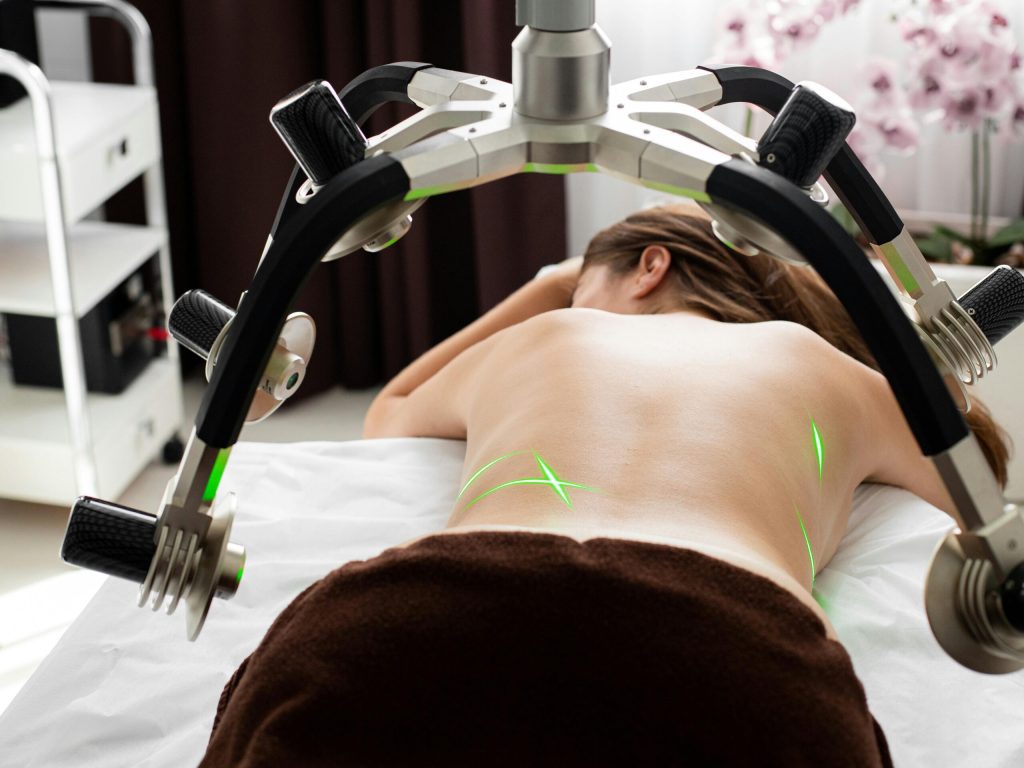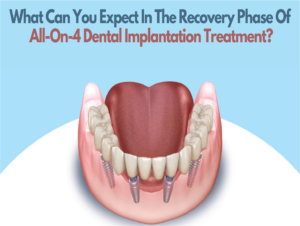Back fat under the bra, often referred to as “bra bulge,” is a common problem that affects many women. This unsightly bulge is caused by a combination of factors, including wearing ill-fitting bras, excess body fat, weak back muscles, and genetics.
Hormonal Imbalances and Weight Gain
Hormonal imbalances can significantly contribute to weight gain, including the accumulation of back fat. Insulin resistance, a condition in which cells become less responsive to insulin, can increase fat storage and weight gain. Elevated cortisol levels, often caused by chronic stress, are also linked to increased appetite, overeating, and accumulating abdominal and visceral fat.
Imbalances in sex hormones, such as estrogen dominance or testosterone deficiency, can change body composition and fat distribution. Estrogen dominance is associated with lower body fat accumulation, and testosterone deficiency is linked to decreased muscle mass and increased body fat. Leptin resistance occurs when the body cannot respond to the appetite-suppressing effects of leptin, contributing to overeating and weight gain.
Addressing hormonal imbalances through lifestyle modifications, such as maintaining a balanced diet, exercising regularly, managing stress, and optimizing sleep, can help mitigate their impact on weight gain and back fat accumulation.
Role of Posture in Back Fat Development
Poor posture can significantly contribute to the development and appearance of back fat. Slouching or hunching over for extended periods can weaken the muscles in the back and cause the skin to wrinkle and bulge, emphasizing any lack of tone. A sedentary lifestyle and hours spent sitting at a desk or in front of a television can lead to poor postural habits, causing muscle imbalances and added stress on the spine.
Over time, bad posture and tight muscles create an environment where fat accumulates more easily and stays put longer. Maintaining good posture through exercises that target the core and back muscles, stretching regularly, and using an ergonomically designed workstation can help reduce the buildup of back fat.
Effect of Aging on Fat Distribution
Aging is associated with significant changes in body fat distribution, which can contribute to the development of back fat. As people age, there is a progressive increase in total body fat and a redistribution of fat from subcutaneous to visceral depots, particularly in the abdominal and trunk regions. This shift is more pronounced in women after menopause due to hormonal changes.
Additionally, aging leads to a decrease in lean muscle mass and bone density, which can further exacerbate the appearance of back fat. The loss of muscle mass, known as sarcopenia, typically starts in the 30s and can result in a 3-5% decrease per decade. This reduction in muscle mass slows down metabolism, making it easier to gain fat and harder to lose it. Furthermore, the redistribution of fat to the upper body, combined with a decrease in subcutaneous fat in the limbs, can make back fat more noticeable in older individuals.
Menopause and Fat Accumulation
Menopause significantly contributes to changes in body composition and fat distribution in women. During the menopausal transition, declining estrogen levels increase visceral fat accumulation, particularly around the abdomen and waist. This shift in fat distribution is independent of age-related changes and is strongly associated with an increased risk of metabolic syndrome and cardiovascular disease.
Additionally, the hormonal changes during menopause can affect the gut microbiome and metabolism, further contributing to weight gain. Reduced estrogen levels also cause a decrease in lean muscle mass, which slows down metabolism and makes it easier to gain fat. These changes in body composition and fat distribution during menopause highlight the importance of maintaining a healthy lifestyle, including a balanced diet and regular exercise, to mitigate the risk of obesity and related health complications.
Thyroid Function and Back Fat
Thyroid dysfunction, particularly hypothyroidism, can contribute to the accumulation of back fat. The thyroid gland produces hormones that regulate metabolism, and when thyroid hormone levels are low, the body’s metabolic rate slows down. This can lead to weight gain, including the accumulation of fat in the back and other body areas.
Hypothyroidism is associated with an increase in body mass index (BMI) and obesity. Even small changes in thyroid function within the normal reference range can contribute to weight gain and the development of regional obesity. However, treating hypothyroidism with levothyroxine (LT4) replacement therapy may not always lead to significant weight loss, as obesity can persist even after achieving euthyroidism.
The relationship between thyroid function and obesity is complex, with factors such as insulin resistance and increased body fat percentage playing a role in addition to thyroid hormone levels. Leptin, an adipokine that regulates appetite and metabolism, also interacts with the thyroid axis, further complicating the relationship between thyroid function and body weight.
Genetic Factors in Fat Distribution
Genetics play a significant role in determining body fat distribution, independent of overall obesity. Studies have indicated that the heritability of fat distribution ranges from 22% to 61%, even after accounting for BMI. Genetic factors seem to have a bigger effect on visceral fat in the abdomen than on subcutaneous fat.
Fat distribution patterns differ among ethnic groups; Asians possess greater body fat and visceral adipose tissue, whereas Africans exhibit a higher proportion of subcutaneous fat compared to Europeans. These differences may place certain ethnicities at a higher risk of developing obesity-related metabolic complications. Genome-wide association studies (GWAS) have identified numerous genetic loci associated with fat distribution, highlighting the involvement of genes related to fatty tissue development, regulation, and angiogenesis. Some of these genes, such as TBX15, exhibit fat depot-specific expression patterns and correlate with obesity-related traits, further supporting their role in regulating fat distribution.
Eliminating Bra Bulge
Wearing the right bra size, maintaining excellent posture, and engaging in targeted exercises can prevent or eliminate back fat under the bra. Wearing a properly fitted bra that provides adequate support without being too tight can help smooth out the appearance of back fat. You should not necessarily substitute a K cup bra size for FF. For example, you should ensure that you are measured properly.
Maintaining excellent posture by sitting up straight, keeping the shoulders back, and engaging the core muscles can also help prevent the development of back fat.
The type of bra you choose is also important. Many ladies like to wear a strapless bra, which can cause problems unless the bulge is tackled.
Regular strength training exercises that target the upper back, such as bent-over rows, reverse flys, and pull-aparts using resistance bands, can help tone and strengthen the muscles in the bra area, reducing the appearance of back fat. Incorporating total-body workouts that include aerobic exercises like running or swimming can also help reduce overall body fat, including back fat. Sleeping and maintaining a healthy diet are important factors in preventing and reducing fat.
Yoga for Better Posture
Yoga can be an effective way to improve posture and reduce the appearance of back fat. Certain yoga poses help strengthen the back muscles, open up the chest, and align the spine. Cow Pose stretches the neck, front torso, and back, counteracting the effects of slouching forward. Downward-Facing Dog lengthens, strengthens, and stretches the shoulders, back, and legs. Other beneficial poses include Plank, Sphinx, Wide-Legged Standing Forward Bend, and Locust.
Practicing yoga regularly can increase body awareness and help you maintain better posture throughout the day. Incorporating yoga into your daily routine, even just a few poses, can significantly improve posture.
Find Your Perfect Fit
Wearing the correct bra size prevents bra spillage and ensures adequate support and comfort. Many women experience spillage because they wear a cup size that is too small, causing the breast tissue to overflow. To find the right size, measure your band size by wrapping a tape measure around your ribcage, just under the bust. Then, measure the fullest part of your bust and subtract the band size from this measurement. The difference determines your cup size, with 1 inch equaling an A cup, 2 inches a B cup, and so on.
It’s also important to consider your breast shape when selecting a bra style. For example, women with bell-shaped breasts should avoid balconettes and demi cups, opting for full coverage or T-shirt bras instead. Those with asymmetrical breasts should fit the larger breast and use padding to fill in the gap on the smaller side. Trying different styles and sizes and adjusting the straps and band for a snug but comfortable fit can help eliminate bra spillage and ensure a smooth, supported silhouette.
Key Factors Causing Bulges
Bra bulge, or the appearance of back fat under the bra, can be attributed to several factors. Wearing ill-fitting bras that are too tight or have narrow bands can cause the skin and fat to push out, creating a bulge. Excess body fat due to obesity or poor diet and exercise habits can also contribute to the development of back fat.
Genetics play a role in determining where fat is distributed in the body, and some individuals may be more prone to storing fat in the back area. Additionally, weak back muscles and poor posture can exacerbate the appearance of a bra bulge by causing the skin to wrinkle and sag. Addressing these underlying causes by wearing properly fitted bras, maintaining a healthy weight, and strengthening the back muscles can help reduce the appearance of bra bulge.
FAQs
What is a bra bulge, and what causes it?
“Bra bulge” refers to back fat that protrudes under the bra band, creating an unsightly roll. Common causes include ill-fitting bras that push fat outward, excess body fat from poor diet or inactivity, weak back muscles, and genetics influencing fat storage patterns in the upper body.
How does hormonal imbalance contribute to bra bulge?
Hormonal issues like insulin resistance, high cortisol from stress, estrogen dominance, or leptin resistance disrupt metabolism, leading to increased appetite, overeating, and targeted fat buildup in the back area. Lifestyle changes such as balanced eating and stress reduction can help counteract these effects.
Can poor posture really cause or worsen bra bulge?
Yes, slouching weakens back muscles, causes skin wrinkling, and promotes fat accumulation by creating muscle imbalances from sedentary habits. Improving posture through core engagement, ergonomic setups, and stretches can tone the area and reduce the appearance of bulges over time.
What role does menopause play in developing a bra bulge?
During menopause, declining estrogen levels shift fat to visceral areas like the abdomen and back, reduce muscle mass, and slow metabolism, making upper body fat more noticeable. Regular exercise, a nutrient-rich diet, and hormone-balancing habits like adequate sleep can mitigate this redistribution.
How can I eliminate bra bulge effectively?
Start with a proper bra fitting by measuring your band and bust accurately, then incorporate back-strengthening exercises like rows and yoga poses such as Downward-Facing Dog. Combine with cardio for fat loss, good posture habits, and a healthy diet to target and prevent back fat buildup sustainably.





